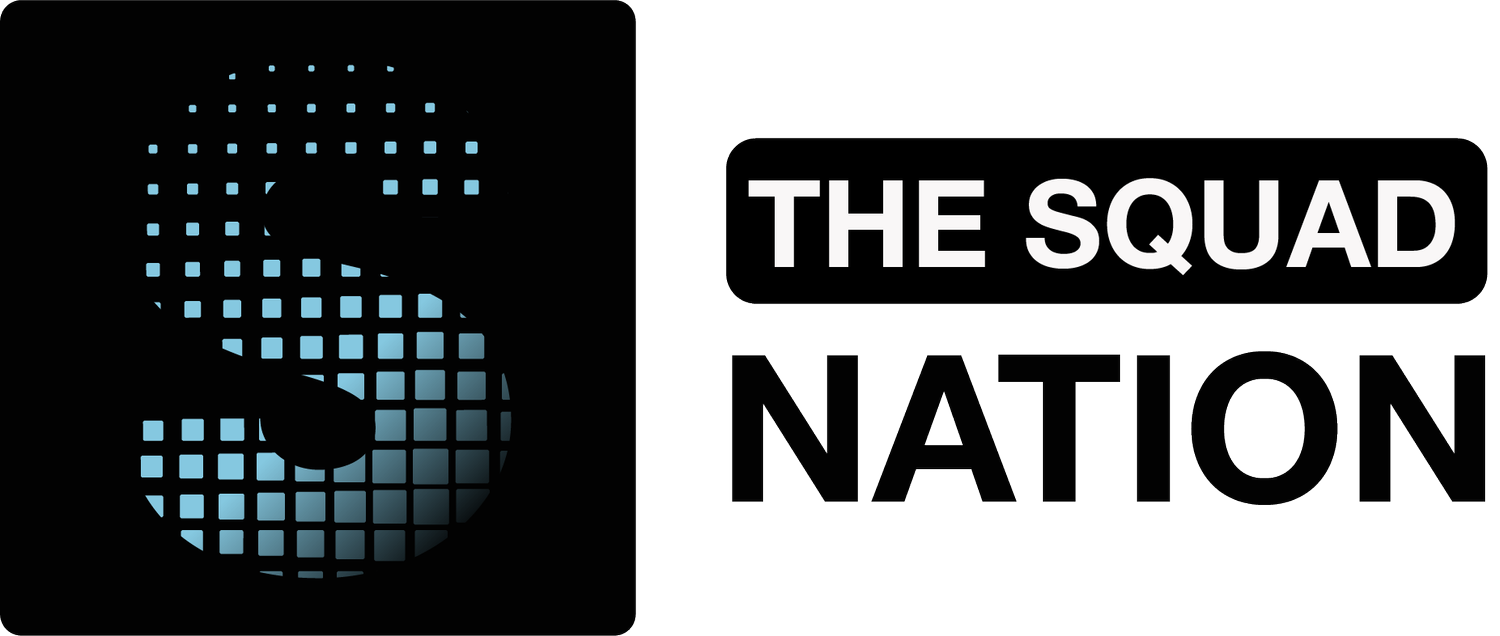The Tech Race to Back Up Fashion's Green Claims
AI is revolutionizing the design process in the fashion industry, enabling more sustainable practices. AI algorithms can analyze large datasets on consumer preferences, market trends, and sustainability metrics to generate designs that are both stylish and eco-friendly. This technology helps reduce waste by optimizing material usage and streamlining the production process. AI-powered virtual prototyping and digital sampling also minimize the need for physical samples, further reducing waste and resource consumption.
Embracing Coolness: The Rise of Cooling Fabrics
Cooling fabrics are engineered to enhance breathability and moisture management, allowing the body to stay cool and dry even in hot and humid conditions. Various technologies are used to achieve these effects. For instance, moisture-wicking fabrics draw perspiration away from the skin, enabling faster evaporation and promoting body temperature regulation.
3D Size Standards and Their Impact to Apparel Brands
The fashion industry has been notoriously slow to adopt sustainable practices, but one area where sustainable innovation is beginning to take hold is in 3D size standards. By using 3D scanning and virtual fitting technologies, brands can create more accurate size standards, reducing waste and improving the customer experience. In this blog post, we will explore how 3D size standards impact sustainability, brand messaging, and the bottom line for apparel brands.
Fibers and Fabrics of the Future
The world of textiles is constantly evolving, with new fibers and fabrics emerging all the time. From sustainable and eco-friendly options to high-tech textiles that can sense and react to the environment, the future of fibers and fabrics is exciting and full of potential.
Here are some of the fibers and fabrics of the future that we can expect to see more of in the years to come:
Balancing your Brand to Meet Consumer Needs in a Hybrid Lifestyle
Balancing your Brand to Meet Consumer Needs in a Hybrid Lifestyle
The Importance of Fit Testing in Comparison to User Testing
We always say, if a product doesn’t fit the body, it won’t be worn, no matter how cute the design. It ultimately plays in your subconscious when picking what to wear. As creatures of comfort, we will ultimately seek comfortable apparel and wearables.
Embracing External Design and Development Firms -vs - Preferring to Keep Functions in House
In contrast, the apparel industry is rapidly accelerating in its adoption of new technologies and best practices from other industries. While outsourcing product development can be a best practice, a resource many other industries have successfully utilized, apparel brands still have a slow acceptance rate of this best practice. Why?
Working with an External Design and Development Company Within the Apparel Industry
Working with an external design and development company can be a great way to expand your business and access new ideas and expertise. Defining your goals and expectations for a project before you start working with an external design and development company is important. This can include things like timelines, budget, and desired outcomes. Are you looking for help with product design, prototyping, manufacturing, or all the above?
The Critical Factors of Business Development in Apparel That Matter Today
Business development in the apparel industry today involves navigating a complex and highly competitive landscape. The industry is constantly evolving, driven by changing consumer preferences, technological advancements, and global economic shifts.
What are fit sessions?
We often work with start-ups and companies new to fashion or who are new in creating wearables in medical or tech. When working with such clients there is an educational component involved. Often the product development process is the source of many questions, and some questions we often receive are around fit sessions. What are fit sessions? Why are they necessary? Can I develop a product without them?
The Intersection of Design and Functional Design
The intersection of design and functional design in apparel refers to the balance between aesthetic apparel and practical functionality in clothing design. It aims to create clothing that not only looks good, but also performs well and serves the specific needs of the wearer.
Wearable Technology Integration
We are often asked how we evolved into creating integrated wearable devices. This evolution is easily understood when you consider our depth of knowledge of the human body, fit, and biomechanics coupled with the decades of product knowledge of complex garments we have created. Stepping into the integration of technology such as displays, sensors, and processors into clothing to create smart garments that further enhance consumer's lives was a natural stepping stone.
The Pursuit of 3D Design Technology in Garment Design, Weaving and Knitting Technology of Consumer Apparel.
As we all know, 3D technology has greatly impacted the field of garment design with an acceleration in the past few years, offering designers and technical designers a new level of flexibility and precision in their designs and product iterations.
What is true innovation?
The term "innovation" gets thrown around quite frequently by people, companies, and brands. All vying for attention. But what is the definition? Our definition, is the process of taking an idea, applying it, scaling it, and communicating it in a way that resonates with the target consumer. It is the fundamental way a company adapts and evolves to stay relevant. The consumer must see, touch, or feel the innovation and perceive its added value or it is not a real solution.















